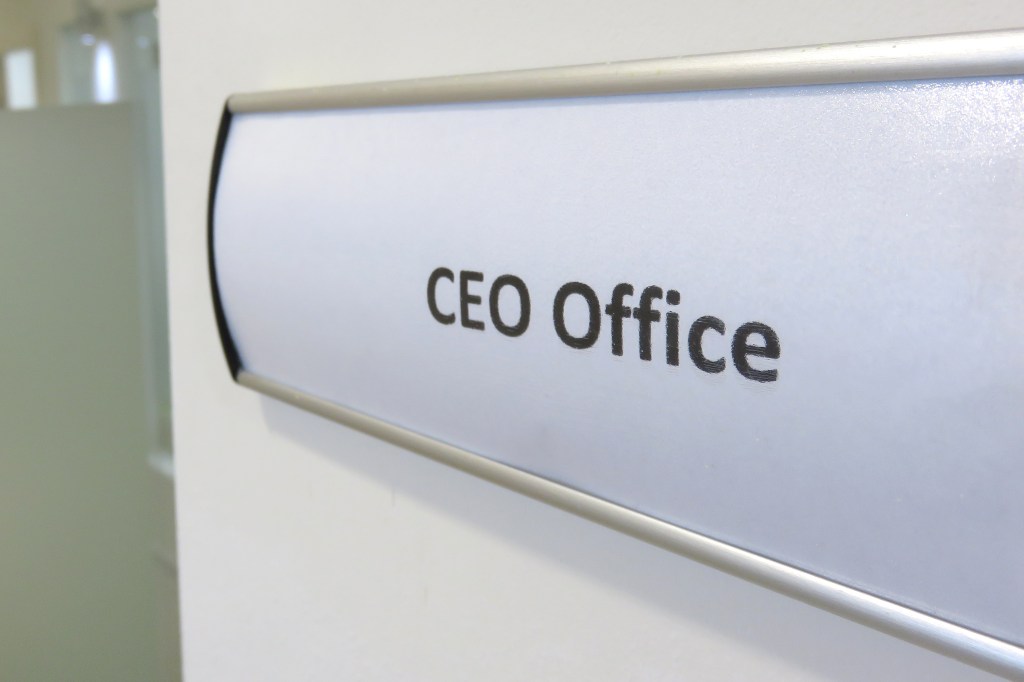Joining forces to work toward a common goal creates a higher impact than campaigning for change alone.

I was an executive assistant for billionaires and leaders for 27 years: Here’s 8 secrets/insights into how the best CEOs manage relationships.
1. They artfully balance excitement with reality
It takes laser focused prioritisation to hit strategic objectives, and sometimes that means saying no to new initiatives and projects employees feel passionately about. It takes skill and empathy to squash the work that will take energy and resources away from where focus needs to be without damaging morale, enthusiasm, engagement and innovation. The CEOs that do this successfully have one thing in common: they ensure their vision is a constant thread in every communication and touch point with the organisation, keeping employees connected to, and focused on, the organisation’s purpose and strategy.
2. They take the long view with external relationships
CEOs are consistent in the way they prioritise the relationships that will support them into the future. They actively nurture relationships with Non-Executive Directors, peers and headhunters to support their career aspirations whether it be for their next CEO role or a board position. The touch points are regular and meaningful with the objective of building genuine rapport and credibility. They make their aspirations known and they consciously and carefully build an external / industry profile to support this.
3. Their trusted advisors aren’t ‘yes people’
Great CEOs surround themselves with people who will challenge their perspective and hold the mirror up to their blindspots. They regard their trusted advisors as their safety net. There’s often hesitancy to tell a CEO they’re wrong, that a decision or communication is potentially damaging to employee morale, their brand or the business. Feeling that their team are holding back can be the cause of enormous frustration for CEOs. A CEO might not like what they hear in the moment when they’re challenged, but they value a counter point of view and robust discussion when it’s in the best interest of the greater good. Those who can elegantly challenge a CEO command greater respect, have gravitas and a trusted advisor relationship.
4. They don’t indulge toxic high performers
Some of the most heated conversations I witnessed in my career happened in talent mapping and succession planning sessions. There’s an ever present tension between the need to retain rainmakers who are great for the bottom line, but whose behaviour is at the cost of a healthy culture. Conversations would often become emotive when discussing those high performers who didn’t role model desirable leadership behaviour. The best CEOs insisted their executive team sit in the discomfort of the conversation and challenged them to make the calls that would protect the cultural health of the organisation and set the tone from the top down.
5. Healthy dynamics with the Board
Successful CEOs know that a healthy CEO-Board relationship delivers the best outcomes for shareholders and investors. They invest considerable time and energy in creating credibility, trust and genuine rapport with the Board. They show up consistently and follow through with their promises. They can read the play, the unsaid, around any sensitivities Directors might have. They understand the importance of giving Directors the comfort they need of having enough detail and knowledge to discharge their duties and ensure their board materials and updates will do just that.
6. Importance of vulnerability
They know that role modelling vulnerability creates a safe space for others to speak up and ask for help or admit where work isn’t unfolding as expected. It’s vulnerability – managing failure, fears and insecurities – that gets an organisation through a crisis, volatility or periods of uncertainty. The CEOs who were comfortable with their own vulnerability could highlight the learnings within every failure. This created a psychologically safe environment and a ‘no surprises culture’, one where issues bubbled up to the top before they became serious risk events.
7. The ROI of investing in employee wellbeing
There are rarely enough people to do the volume of work required to hit strategic objectives and maintain business as usual. Organisations have never been more challenged to deliver on their promises: war for talent, volatile markets, supply shortages, and a generally unpredictable landscape given the pandemic. The most effective CEOs know burned out employees and holes in succession plans aren’t good for business and that even high performers have their limits. They knew wellbeing had to be a priority and they demonstrated and protected this through ruthless prioritisation calls, regularly asking what work should be stopped or paused to make space for new initiatives and enquiring about the human investment needed in new business cases.
8. Collaboration with the competition
Clever CEOs see the benefits of collaborating with their competitor peers to agitate for meaningful change at an industry or sector level. Joining forces to work toward a common goal creates a higher impact than campaigning for change alone. It also opens up genuine industry insights they might not otherwise have access to.
Rachael Bonetti is the founder of Elevating Corporate Support.
Further reading
Executive assistant reveals CEO’s most impactful relationship